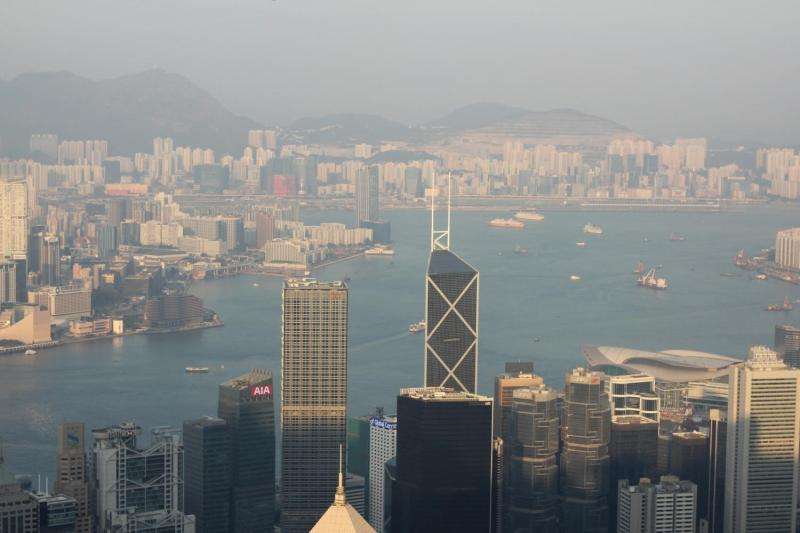Improvements in short-term forecasting of air pollution levels

A researcher at UPM has successfully predicted the daily maximum ozone threshold exceedances in the Hong Kong area. The results show that an accurate and prompt prediction of tropospheric ozone concentrations is of great importance to the management of the public pollution warning system.
The United States Environmental Protection Agency (EPA), the European Union and other countries have established different thresholds for the risk to vegetation or human health of different types of air pollution. The goal is to guarantee that these thresholds do not exceed limits, but when this occurs, the prediction of the evolution of values in the following hours becomes essential for corrective measures.
The problem arises because computational models have severe limitations in terms of accuracy, as they are sensitive to the boundary conditions at certain points; thus, uncertainty grows rapidly. And the techniques based on regression models often undervalue the pollutant peaks since they tend to minimize the errors made in the dataset. These precise peak values are the most useful to predict since their values will usually dictate the countermeasures to be adopted in each case.
In order to more accurately predict the highest values, a researcher from the Universidad Politécnica de Madrid has developed a methodology that combines the pre-processing of the datasets to learn the behavior of physical phenomena with regression and artificial intelligence techniques, and using a voting technique among different models to improve predictive capacity. Bing Gong, the main author of the study, says, "The obtained data have good properties of sensitivity and stability and the results improve the traditional techniques between 30 and 80 percent."
This study was carried out in Hong Kong, but other members of the research group are conducting similar projects in Marrakech or Mexico.
In addition, the team of researchers is currently working on the estimation of human exposure to pollutants, based on the immission values and the geographical location of the person. Joaquín Ordieres, the leader of the research group, says, "We aim to add additional elements such as the consideration of the quality of home or office air. Adding of these elements is the next logical step in order to provide people and health systems with more conclusive evidence of exposure than the registered generic immission values."
More information: Bing Gong et al. Prediction of daily maximum ozone threshold exceedances by preprocessing and ensemble artificial intelligence techniques: Case study of Hong Kong, Environmental Modelling & Software (2016). DOI: 10.1016/j.envsoft.2016.06.020
Provided by Universidad Politécnica de Madrid


















